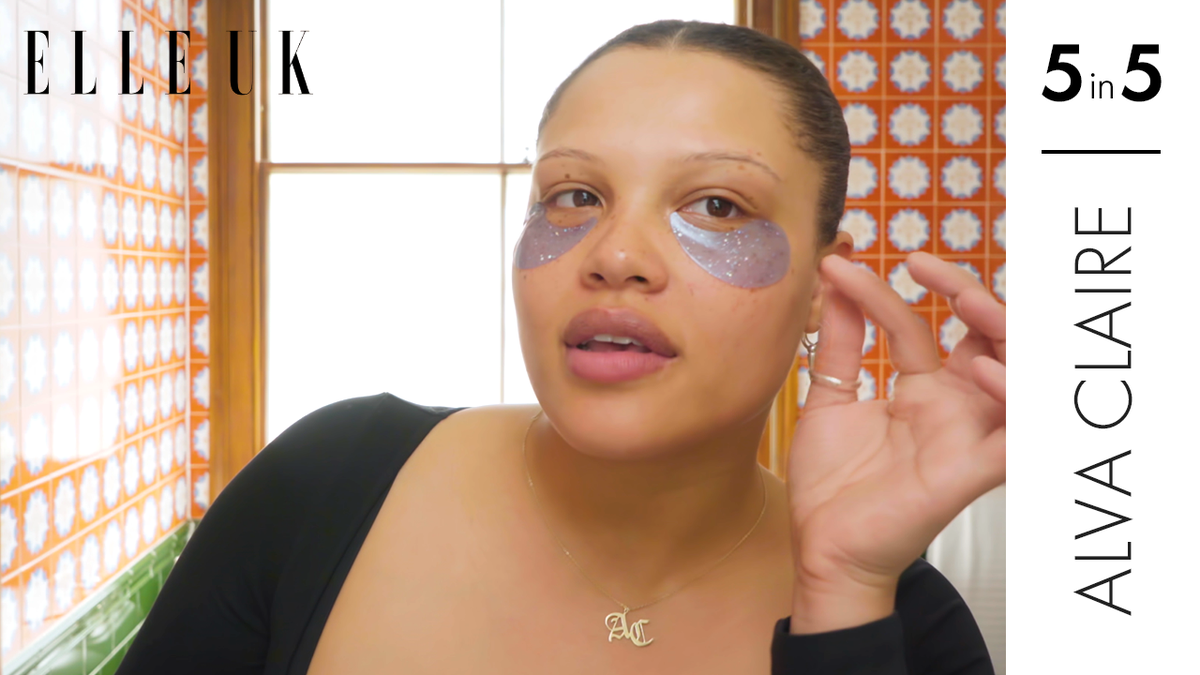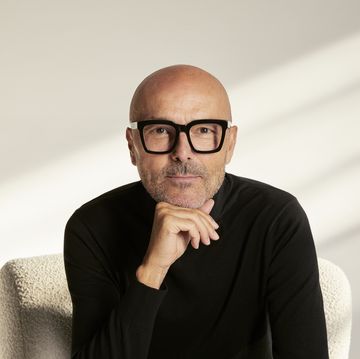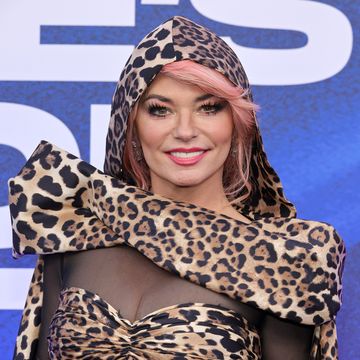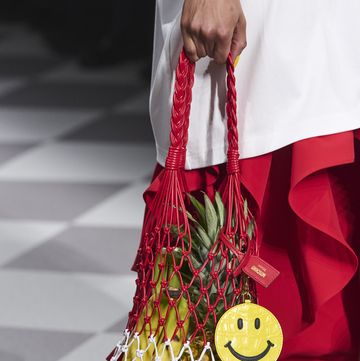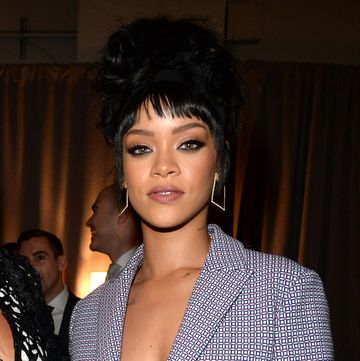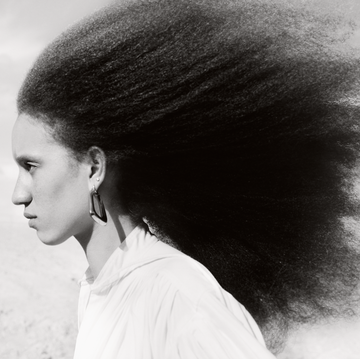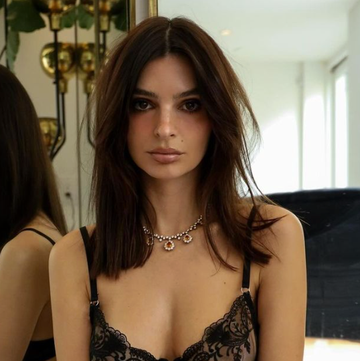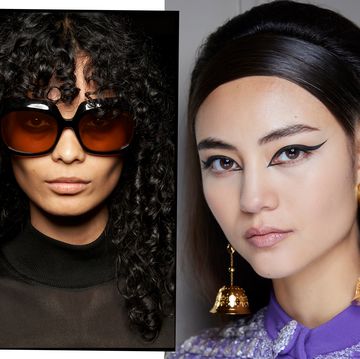So from now on, Im going to be answering some of my favourite Qs in this blog for the benefit of you all (as well as still answering every single one personally, of course).
For todays question, I enlisted the expertise of MAC Director of Make-Up Artistry for the UK and Ireland, Terry Barber.
Q: Make-up artists are always telling us to blend, blend, blend but what does that mean?
A: Blending is a fine art, which, when done properly, ensures make-up looks like part of the skin, Terry told me. Make-up artists say it to underline the importance of creating a seamless, airbrushed finish, whether thats with your base, blush or eye shadow. Some women dont blend enough because they are afraid of working the product too heavily, but they miss out on that professional finish where make-up looks like it has a natural affinity with the skin and there are no hard edges yet theres still enough pigment to make a difference. At the other end of the scale, some women blend so much they create a bruised effect where too much make-up is applied and over-worked.
The secret, according to Terry, is to place product correctly in the first place. Take eyes, the most technical area of the face: You need to place eye shadow fairly low down on the lid, then ease it up in to the socket until the product is smooth and seamless, he says. For cheeks, colour should be worked from the outside edge of your apples.
A good brush is essential. Squirrel, pony and goat-hair brushes are expensive but worth it as the natural bristles require the least amount of pressure ensuring an airbrushed quality. For cream or liquid formulations, Terry recommends good-quality synthetic brushes to help you work the product in really well. I like to blend in small circular motions, he adds.
What about blending one colour over the other, like working two different shades of blush to give cheeks more dimension, for example? Beware being too clever, Terry says. This kind of blending is best left for the catwalk as in real life make-up thats too worked or too technical looks dated. Instead, opt for one colour on cheeks and eyes but choose the perfect shade in sheer, satiny formulations that pick up the light and do all the shading for you.
The detail and definition should come with things like eyeliner, mascara and highlighters, and if you want to add more interest, try layering pressing a metallic wash of eye shadow over your base shade, for example, or applying a gentle pop of pink right on the apples of your cheeks, allows you to add dimension in a modern way.
But sometimes, blend, blend, blend is just a way of saying you need to take time with your make-up. So many women rush their make-up, Terry explains, A few extra minutes perfecting your base, blending in that blush or really smoothing the shadow over your eyelids can be the difference between looking patchy and polished.
P.S: If you have any beauty dilemmas I can help you with, just let me know.
